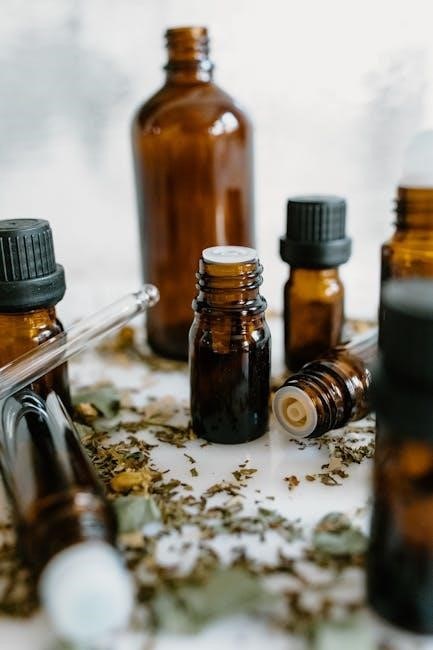mam self sterilizing bottles instructions
MAM Self-Sterilizing Bottles are innovative, designed to simplify baby feeding. They offer a 3-minute microwave sterilization process, eliminating the need for a separate sterilizer. With a focus on reducing colic symptoms by up to 80%, these bottles feature a unique vented base that minimizes air intake. Perfect for busy parents, they combine convenience, safety, and effectiveness, ensuring a healthy feeding experience for babies.
Overview of MAM Self-Sterilizing Bottles
MAM Self-Sterilizing Bottles are designed for convenience and safety, offering a unique 3-minute microwave sterilization process. They feature a vented base to reduce colic symptoms by up to 80% and are BPA-free. The bottles combine self-sterilizing technology with anti-colic design, making them ideal for busy parents. Their smart design ensures easy cleaning and maintenance, while the included teats cater to different flow preferences. These bottles are a practical solution for ensuring hygiene and comfort for babies, with clear instructions for use provided by MAM.
Key Features of MAM Self-Sterilizing Bottles
MAM Self-Sterilizing Bottles boast a 3-minute microwave sterilization process, eliminating the need for a separate sterilizer. They feature an anti-colic vented base, reducing colic symptoms by up to 80%. The bottles are BPA-free, ensuring safety, and come with skin-like teats for easy latching. Their compact design allows for easy assembly and cleaning. The self-sterilizing technology ensures hygiene, while the clear instructions guide parents through the process. These bottles are durable, dishwasher-safe, and compatible with other MAM accessories, making them a practical choice for everyday use.
Benefits of Using MAM Self-Sterilizing Bottles
MAM Self-Sterilizing Bottles offer unmatched convenience, reduce colic symptoms, and ensure easy maintenance, providing peace of mind with BPA-free safety for babies and simplicity for parents.
Convenience of Self-Sterilizing Technology
The MAM Self-Sterilizing Bottles offer unparalleled convenience with their innovative technology. This feature allows parents to sterilize the bottle in just 3 minutes using a microwave, eliminating the need for a separate sterilizer. The process is quick, easy, and ensures a hygienic environment for feeding. The self-sterilizing technology simplifies daily routines, making it ideal for busy parents. It also ensures that bottles are always ready for use, providing peace of mind and saving valuable time. This feature is especially useful for travel or on-the-go situations, where traditional sterilization methods may not be feasible. The bottles are also BPA-free, ensuring safety for your baby.
Reduction of Colic Symptoms
MAM Self-Sterilizing Bottles are designed with an advanced anti-colic ventilation system, which significantly reduces colic symptoms in babies. The unique ventilation valve minimizes air intake during feeding, preventing gas from entering the baby’s stomach. This innovative design helps alleviate discomfort, making feeding sessions more comfortable and enjoyable. Parents often notice a reduction in fussiness and digestive issues, promoting better sleep and overall well-being for their baby. The bottles are crafted to address colic concerns effectively, ensuring a happier feeding experience for both babies and parents.
Time-Saving Solution for Busy Parents
MAM Self-Sterilizing Bottles offer a convenient solution for busy parents, simplifying the sterilization process with a quick microwave-based method. This eliminates the need for separate sterilization equipment, saving valuable time and effort. The bottles are ready to use in just a few minutes, making them ideal for on-the-go families. The self-sterilizing feature ensures hygiene without extra steps, allowing parents to focus on their daily routines while maintaining their baby’s health and safety. This innovative design prioritizes efficiency, making it a practical choice for modern parents.

Instructions for Using MAM Self-Sterilizing Bottles
MAM Self-Sterilizing Bottles are easy to use. Add water, microwave for 3 minutes, let cool, and they’re ready. No extra equipment needed—simple and efficient for parents.
Step-by-Step Guide to Sterilizing in the Microwave
To sterilize MAM Self-Sterilizing Bottles in the microwave, add 20-30 ml of water to the bottle, ensuring the anti-colic valve is properly attached. Place the bottle upright in the microwave and heat on high for 3 minutes. Allow it to stand for 2 minutes before carefully removing it with oven mitts. Shake gently to distribute heat evenly. Avoid overheating, and always follow the manufacturer’s guidelines for safe and effective sterilization.
Preparing the Bottle for First Use
Before first use, wash all parts of the MAM Self-Sterilizing Bottle with warm, soapy water. Rinse thoroughly and sterilize in the microwave as per instructions. Ensure the anti-colic valve is correctly assembled to prevent air bubbles. After sterilization, allow the bottle to cool slightly before filling with breast milk or formula. Always follow the manufacturer’s guidelines for proper preparation and safety. This ensures the bottle is clean, functional, and ready for your baby’s first feeding.
Daily Cleaning and Maintenance
After each use, wash the MAM Self-Sterilizing Bottle with warm, soapy water. Use a soft-bristled brush to clean hard-to-reach areas, especially around the anti-colic valve. Rinse thoroughly to remove any residue. For added hygiene, sterilize the bottle in the microwave following the recommended time. Allow it to cool before reassembling. Regular cleaning prevents milk buildup and ensures optimal performance. Always dry the bottle and its parts thoroughly after washing to avoid moisture accumulation.
Reassembly After Sterilization
After sterilizing, allow the bottle to cool slightly before reassembling. Start by attaching the nipple to the ring, ensuring it aligns properly. Next, place the anti-colic valve into the bottle neck, securing it firmly. Finally, screw the ring and nipple onto the bottle until it clicks. Make sure all parts are tightly fitted to prevent leakage. Always check for any remaining moisture and pat dry if necessary to avoid water spots. Proper reassembly ensures the bottle functions correctly for feeding.
Safety Precautions and Guidelines
Always follow MAM’s instructions for sterilization and use. Avoid overheating, as this can damage the bottle. Ensure proper ventilation after sterilization to prevent moisture buildup, which may cause colic symptoms in babies.
Important Safety Tips for Microwave Sterilization
- Always follow the manufacturer’s guidelines for microwave sterilization to ensure safety and effectiveness.
- Check the microwave’s power level and adjust sterilization time accordingly to prevent overheating.
- Never leave the bottle unattended during the sterilization process to avoid accidents.
- Allow the bottle to cool down sufficiently before handling to prevent burns.
- Avoid sterilizing the bottle more than the recommended number of times to maintain its durability.
- Ensure all parts are microwave-safe and compatible with MAM self-sterilizing bottles.
- Never use abrasive cleaners or scourers, as they may damage the bottle’s surface.
- Keep the bottle out of reach of children after sterilization until it has cooled down completely.
Warnings and Contraindications
Never sterilize MAM bottles without water, as this can cause damage or burns. Avoid exceeding the recommended number of sterilization cycles, as it may degrade the bottle’s quality. Do not use the bottle if any parts are cracked or worn, as this can compromise safety and effectiveness. Ensure the bottle is intended for infants aged 12 months or younger. Improper use may lead to burns or injury. Always inspect the bottle for damage before use. Follow all instructions carefully to ensure safety and performance.
Ensuring Proper Ventilation for Anti-Colic Function
Proper ventilation is crucial for the anti-colic function of MAM self-sterilizing bottles. Ensure the vent is not blocked during assembly, as this can reduce airflow and compromise the anti-colic system. After sterilization, check that the vent is clean and free from water droplets. Avoid using overly tight bottle caps, as this may restrict airflow. Regularly inspect the vent for signs of wear or damage. Proper ventilation ensures even milk flow and helps reduce colic symptoms in babies. Always follow the manufacturer’s guidelines for maintaining optimal functionality.
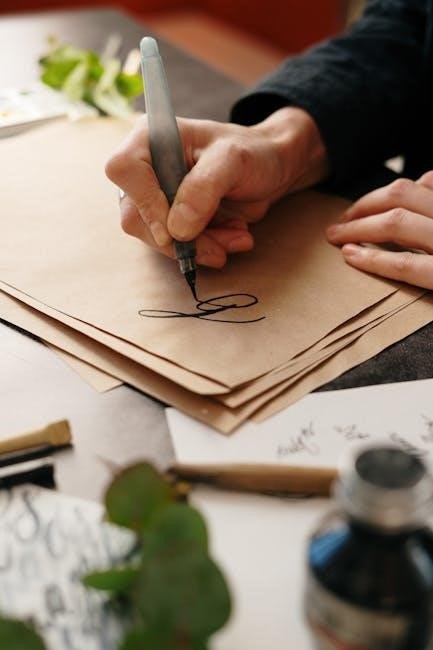
Tips for Optimal Use
Always clean bottles before first use and after each sterilization. Regularly inspect all parts for wear. Follow guidelines for water levels and microwave time. Store bottles upright to prevent leakage. Ensure the anti-colic valve is properly aligned for optimal performance. Replace teats every 1-2 months or as needed. Keep bottles away from direct sunlight to maintain material integrity. Rinse thoroughly after cleaning to remove any residue.
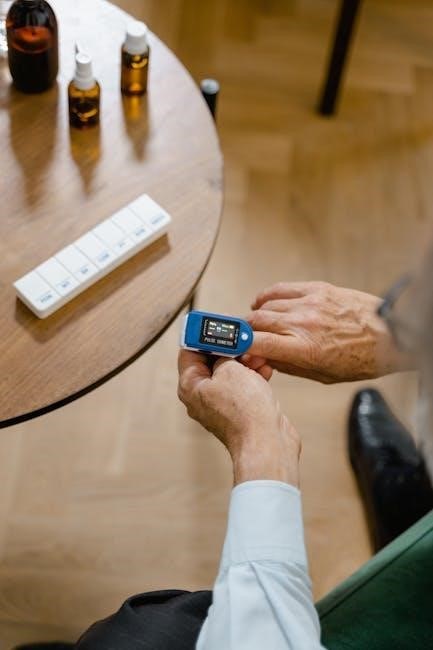
Storing the Bottles Correctly
Store MAM self-sterilizing bottles in a clean, dry place away from direct sunlight. Ensure all parts are completely dry before storage to prevent mold growth. Keep bottles upright to avoid leakage and contamination. Store nipples and anti-colic valves separately to maintain hygiene. Avoid stacking bottles to prevent damage to the anti-colic system. Check for any visible damage before storing. Use the original packaging if available for better organization. Always sterilize bottles before use, even if stored properly, as storage does not sterilize the bottles.
Travel Tips for Using Self-Sterilizing Bottles
When traveling with MAM self-sterilizing bottles, ensure they are securely packed to avoid leakage. Use the MAM travel case to keep bottles and accessories organized. Always carry a small microwave-safe container for sterilization on the go. If no microwave is available, sterilize using boiling water for 5 minutes. Pack extra teats and anti-colic valves as spares. Check for any visible damage before traveling. Store sterilized bottles in a clean, dry bag to maintain hygiene. Ensure all parts are securely closed to prevent spills during transit.
Frequency of Sterilization
Frequent sterilization is essential to maintain hygiene and safety for your baby. MAM self-sterilizing bottles should be sterilized after each use to prevent bacterial growth. For newborns, sterilization is recommended before every feeding. If the bottle is not used immediately, sterilize it at least once a day. The self-sterilizing feature makes this process quick and easy. Always follow the manufacturer’s guidelines for sterilization frequency to ensure optimal hygiene. Regular sterilization helps preserve the anti-colic valve’s functionality and keeps the bottle in good condition for your baby’s use.

Common Mistakes to Avoid
- Overheating the bottle, causing warping or damage to the anti-colic valve.
- Not following the recommended water levels during sterilization.
- Ignoring manufacturer instructions, leading to improper sterilization or cleaning.
Overheating the Bottle in the Microwave
Overheating the bottle in the microwave is a common mistake that can cause warping or damage to the anti-colic valve. This can lead to safety hazards, such as melting or uneven heating, which may harm your baby. Always follow the recommended sterilization time and power level specified in the instructions. Using a microwave with precise controls can help prevent overheating. If you notice the bottle overheating, stop the process immediately and allow it to cool before reassembling. Regularly check for signs of damage or warping after each use.
- Never exceed the recommended sterilization time.
- Ensure the microwave power level is set correctly.
- Let the bottle stand for a few minutes after sterilization to avoid handling overheated parts.
Avoiding overheating ensures the bottle remains safe and functional for your baby.
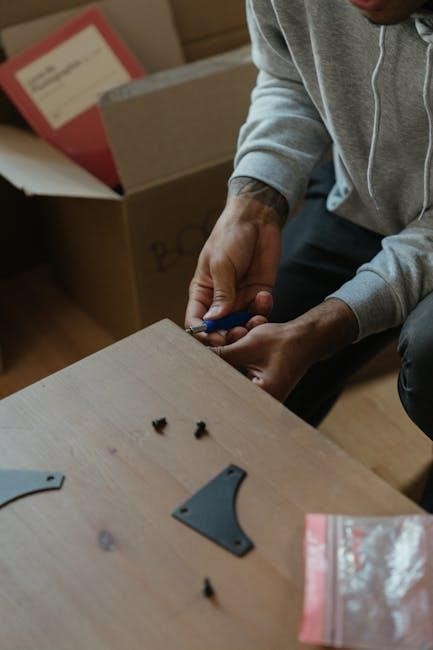
Ignoring the Recommended Water Levels
Ignoring the recommended water levels when sterilizing MAM bottles can lead to improper sterilization or damage. Too little water may result in incomplete sterilization, while excessive water can cause hot spots during microwaving, potentially harming the bottle or anti-colic valve. Always measure water accurately as per the instructions to ensure safe and effective sterilization. Proper water levels guarantee consistent results and protect your baby’s health. Check the user manual for precise guidelines to avoid complications and maintain the bottle’s durability.
- Use the exact water amount specified in the instructions.
- Avoid overfilling or underfilling the bottle.
- Ensure water levels align with the microwave’s power settings.
Adhering to recommended water levels ensures optimal performance and safety for your baby.
Not Following the Manufacturer’s Instructions
Failing to follow MAM’s guidelines can compromise sterilization effectiveness and safety. Deviating from recommended steps may lead to improper sterilization, potentially harming the bottle or anti-colic valve. Always read the manual carefully and adhere to the specified steps for microwave sterilization. Ignoring instructions can result in overheating, damaged components, or incomplete sterilization, posing risks to your baby’s health. Proper adherence ensures safety, efficacy, and longevity of the bottle.
- Read the manual thoroughly before use.
- Follow all steps precisely.
- Avoid shortcut methods.
Strictly following instructions guarantees optimal results and safety for your baby.
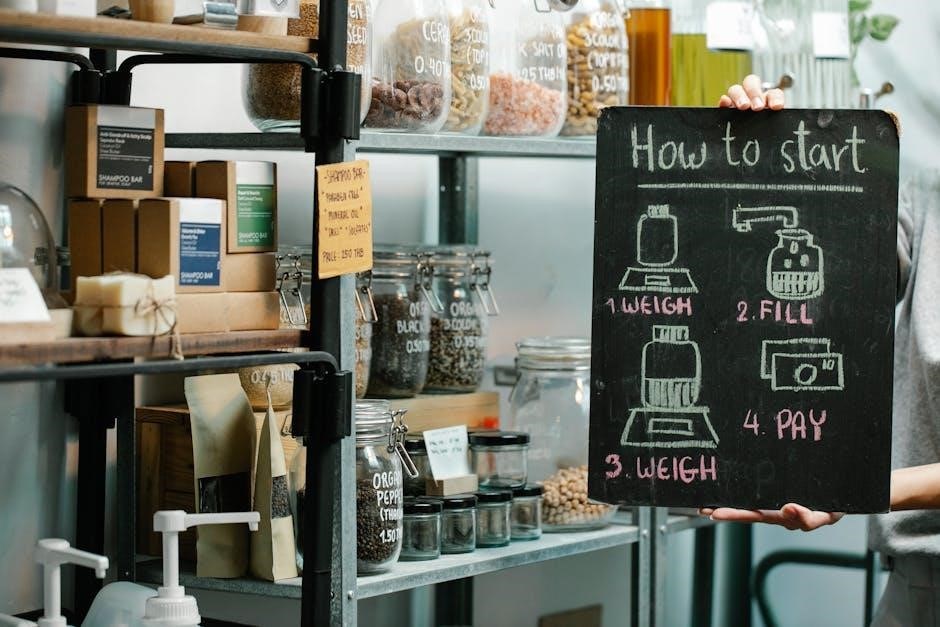
Troubleshooting Common Issues
Identify and resolve issues like residual water, valve damage, or uneven heating. Addressing these promptly ensures optimal performance and safety for your baby.
- Check for blockages in the anti-colic valve.
- Ensure proper water levels during sterilization.
- Verify even heating distribution in the microwave.
Regular maintenance and inspections can prevent most common issues.
Residual Water After Sterilization
Residual water after sterilization can occur due to improper shaking or blockages in the anti-colic valve. To resolve this, gently shake the bottle upside down over a clean surface. Ensure the valve is free from obstructions by rinsing it under running water. If water remains, check for any damage to the valve or seals. Addressing this issue promptly prevents bacterial growth and maintains hygiene. Regular inspection and maintenance are key to avoiding water retention and ensuring effective sterilization.
Damage to the Anti-Colic Valve
Damage to the anti-colic valve can occur from improper cleaning, harsh chemicals, or forceful handling. Signs include visible tears, cracks, or improper sealing. To prevent damage, clean gently with a soft brush and mild soap, avoiding abrasive materials. Regularly inspect the valve for wear and tear. If damaged, replace it immediately to ensure proper function and prevent colic issues. Always follow MAM’s guidelines for maintenance and sterilization to preserve the valve’s integrity and effectiveness.
Bottles Not Heating Evenly
If the bottles are not heating evenly during sterilization, it may be due to incorrect water levels, uneven microwave power, or blockages in the anti-colic valve. Ensure water levels match the recommended guidelines and check for obstructions in the valve. Rotate the bottle midway through the sterilization process to promote even heating. If issues persist, adjust the microwave’s power settings or consult the user manual for troubleshooting guidance. Proper heating is essential for effective sterilization and maintaining the bottle’s functionality.
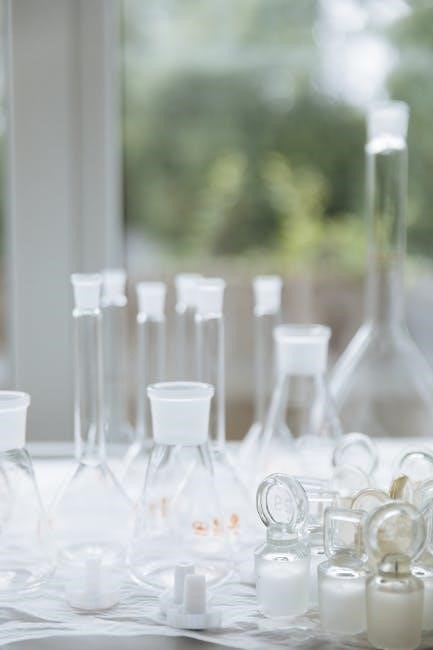
Accessories and Compatibility
MAM self-sterilizing bottles are compatible with various accessories, including optional teats, nipples, and storage caps. Using MAM-approved parts ensures optimal performance and safety for your baby.
Compatible Teats and Nipples
MAM self-sterilizing bottles are designed to work seamlessly with MAM’s range of teats and nipples, offering varying flow rates to suit your baby’s needs. The teats are crafted to complement the bottle’s anti-colic system, ensuring effective venting and reducing gas. For optimal performance and safety, always use MAM-approved teats and nipples, as they are specifically designed to fit perfectly and maintain the bottle’s functionality. Using non-MAM parts may compromise the anti-colic mechanism or lead to leakage, potentially affecting your baby’s feeding experience.
Optional Accessories for Enhanced Use
MAM offers a range of optional accessories to enhance your experience with self-sterilizing bottles. These include bottle brushes designed for thorough cleaning, travel cases for convenient storage, and sterilization boxes for additional hygiene options. While not essential, these accessories can streamline your routine and provide extra convenience. They are specifically designed to work seamlessly with MAM bottles, ensuring compatibility and optimal performance. Consider these add-ons to further customize your baby care routine and make feeding time even easier.
Ensuring All Parts Are MAM-Approved
To maintain safety and functionality, always use MAM-approved parts for your self-sterilizing bottles. Genuine MAM components, such as nipples, caps, and valves, are designed to ensure proper fit and performance. Using non-approved parts may compromise the bottle’s anti-colic system or lead to leakage.
Check for the MAM logo on all accessories to confirm authenticity. Avoid mixing parts from other brands, as this can affect the bottle’s self-sterilizing feature. Authentic MAM parts are rigorously tested for quality and safety, ensuring your baby’s well-being.
Cleaning and Maintenance Tips
Regularly wash bottles with mild soap and warm water. Avoid harsh scrubbers to prevent damage. Rinse thoroughly to ensure cleanliness and maintain hygiene.
Deep Cleaning the Anti-Colic Valve
For deep cleaning, disassemble the anti-colic valve and soak it in warm, soapy water. Use a soft-bristled brush to gently remove any milk residue. Rinse thoroughly under running water. For stubborn stains, soak in a mixture of equal parts water and white vinegar for 15-20 minutes. After cleaning, rinse well and pat dry with a clean cloth. Regular deep cleaning ensures optimal performance and prevents clogging, maintaining the effectiveness of the anti-colic function.
Sanitizing the Microwave After Use
After sterilizing your MAM bottle, clean the microwave by wiping down the interior with a damp cloth. For tougher residue, mix 1 cup of water with 1 tablespoon of white vinegar in a microwave-safe bowl. Heat on high for 2-3 minutes to create steam, then let stand for 5 minutes. Wipe the microwave surfaces clean with a clean cloth. This process removes any milk residue and sanitizes the area, ensuring a hygienic environment for future sterilizations. Regular cleaning prevents bacterial growth and maintains microwave efficiency.
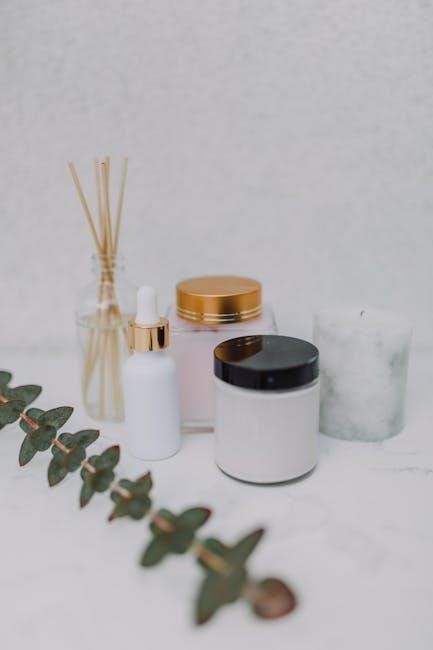
Regularly Inspecting Bottle Parts
Regular inspection of MAM self-sterilizing bottle parts is essential for maintaining functionality and safety. Check the anti-colic valve, teats, and seals for signs of wear, tear, or damage. Ensure all components are free from mineral deposits or residue buildup. Inspect the bottle’s vent system to confirm it’s clear and functioning properly. Damaged or worn parts can lead to leaks or reduced effectiveness of the anti-colic system. Replace any damaged components with MAM-approved parts to ensure optimal performance and safety for your baby.
Frequently Asked Questions (FAQs)
Find answers to common questions about MAM self-sterilizing bottles, addressing concerns like sterilization methods, compatibility, and maintenance for optimal use and safety.
Can I Sterilize MAM Bottles Without a Microwave?
Yes, MAM bottles can be sterilized without a microwave. Submerge disassembled bottle parts in boiling water for 5 minutes. Ensure all components are fully covered and allow to cool before reassembly. This method is effective for maintaining hygiene. However, always follow the manufacturer’s guidelines to avoid damaging the anti-colic valve or other parts. Avoid using bleach or harsh chemicals, as they may harm the material. For best results, use the microwave method when possible, but boiling water is a safe alternative.
Are MAM Bottles Dishwasher Safe?
MAM self-sterilizing bottles are dishwasher safe, but certain precautions should be taken. Place them on the top rack to avoid exposure to high heat, which could damage the anti-colic valve or other components. Use a gentle detergent and ensure no bleach or abrasive cleaners are used, as they may harm the materials. While dishwasher cleaning is convenient, it does not sterilize the bottles. For sterilization, the microwave method is recommended. Always check compatibility with your dishwasher’s settings to maintain the bottles’ quality and functionality over time.
Can I Use Other Brands’ Teats with MAM Bottles?
MAM self-sterilizing bottles are designed to work seamlessly with MAM-approved teats, ensuring optimal performance and safety. Using teats from other brands may compromise the bottle’s functionality, as they might not fit properly or align with the anti-colic valve system. This could lead to leaks, improper ventilation, or even safety hazards during sterilization. For the best experience and to maintain warranty validity, it is recommended to use only MAM-compatible teats with your self-sterilizing bottles.
MAM self-sterilizing bottles offer convenience, safety, and effectiveness, making them an excellent choice for parents seeking reliable baby care solutions. Their innovative design ensures ease of use and peace of mind.
Final Thoughts on MAM Self-Sterilizing Bottles
MAM self-sterilizing bottles are a game-changer for modern parents, combining innovation with practicality. Their unique design ensures ease of use, while the anti-colic system provides comfort for babies. Parents can trust these bottles for their safety, durability, and effectiveness in reducing colic symptoms. The self-sterilizing feature saves time, making them ideal for busy lifestyles. With proper care, MAM bottles offer long-lasting performance, making them a worthwhile investment for any family.
Encouraging Proper Usage for Optimal Results
Adhering to the instructions ensures MAM self-sterilizing bottles perform optimally. Always follow the recommended sterilization time and water levels to maintain safety and effectiveness. Regularly cleaning and inspecting the anti-colic valve prevents blockages and ensures proper airflow. By following these steps, parents can reduce colic symptoms and promote a comfortable feeding experience. Proper usage not only extends the lifespan of the bottles but also guarantees the health and well-being of the baby.
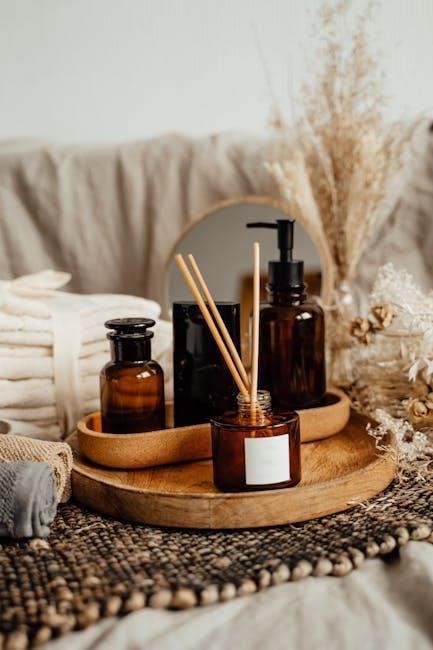
About the Brand
MAM is a trusted brand in baby care, known for safety and innovation since 1976. They prioritize baby well-being with high-quality, functional feeding solutions, making them a leader in self-sterilizing bottles.
MAM’s Commitment to Safety and Innovation
MAM is deeply committed to safety and innovation, ensuring every product meets the highest standards. Their self-sterilizing bottles are designed with BPA-free materials and undergo rigorous testing. MAM prioritizes baby health and convenience, continuously innovating to address parental needs. By combining cutting-edge technology with user-friendly designs, MAM creates products that are both reliable and easy to use. Their dedication to safety and innovation has earned them trust worldwide, making them a leader in baby care solutions.
MAM’s History in Baby Care Products
MAM has been a trusted name in baby care for over 40 years, dedicated to creating innovative solutions for parents. Founded with a commitment to safety, MAM introduced products that combined functionality with ease of use. Their journey began with traditional baby bottles and has evolved to include groundbreaking innovations like self-sterilizing bottles. MAM’s focus on safety, quality, and innovation has made them a leader in the baby care industry, earning the trust of millions of parents worldwide.
